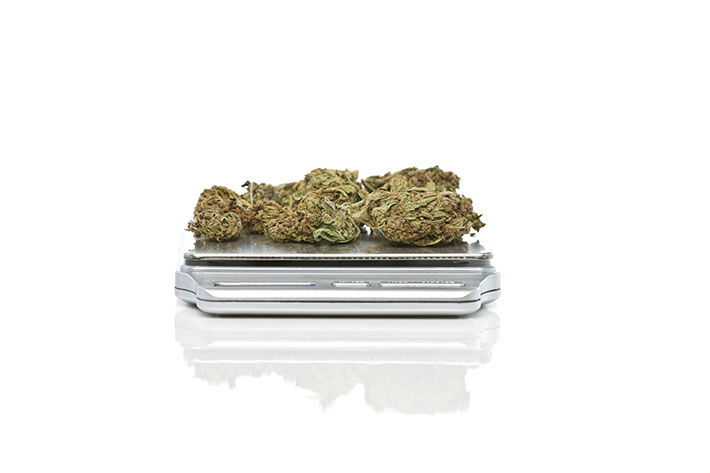
Two Cannabis Standards You Should Know About
Cannabis is one of the fastest-growing industries in the world. In the United States, it is currently legal in 33 states, with 23 allowing use for medical purposes and 10 allowing use for medical and recreational purposes. Canada legalized it nationwide in 2018. And that’s just North America. Cannabis has been legal in other regions of the world for decades, and recent estimates cited by Bloomberg see the global cannabis market easily breaking the $100 billion mark in the next decade.
In short, cannabis has become big business, and the industry is growing up rapidly to keep pace.
These are just some of the factors behind the convening of the cannabis committee (D37) by ASTM International in 2017. The committee was formed to develop new standards for cannabis products and processes, with an eye toward quality and safety.
Recently, the committee has placed a particular focus on water.
Because moisture impacts anything measured by weight, it is understandably an important issue for the cannabis industry, which bases pricing largely on weight. It is also the linchpin for product quality and potency.
FOR YOU: The Need for Cannabis Standards
“For the cannabis flower, there’s a need to land on an allowable moisture range in order to address questions of safety, quality, diversion, and equitability in sale and label integrity,” explains Charlie Rutherford, the cannabis technical consultant working with the committee. [Note: “Diversion” is when cannabis grown by a license holder makes its way to the black market.]
“The ASTM water activity standard is the best way to do that. It’s an eye-opener for a lot of people, even for those in the industry. There is so much that water affects in a regulatory environment that it’s the ideal place to start.”
We sat down with Rutherford to get his take on the first cannabis standards to come out of the committee and why they’re so important for the industry. Here are his picks for the two with the most potential impact.
1) Standard Practice for Determination of Water Activity (aw) in Cannabis Flower (D8196)
Water activity as a moisture measurement method isn’t very well known in the industry, despite the fact that many are familiar with moisture content as a concept. This standard from the cannabis committee is really about establishing water activity as the only moisture measurement method that producers need to be concerned with. The reason is that water activity measures the free water in a substance. There's going to be a natural amount of moisture that cannabis needs to exist, but it’s the additional water in the flower that is the concern. Water activity tells you how much free water is available to act as fuel for mold growth or other problems.
2) Standard Specification for Maintaining Acceptable Water Activity (aw) Range (0.55 to 0.65) for Dry Cannabis Flower (D8197)
This standard prevents microorganism growth and ensures product quality by outlining how much water activity is acceptable. Water activity of 0.65 is widely recognized as the maximum water activity level before mold will grow. Below this level microorganisms have difficulty growing, while above this level, products are at risk for microorganism growth. Since water activity is expressed as a decimal, it is similar in practice to relative humidity. By mandating a range of 0.55 to 0.65, the standard essentially states that cannabis needs to be stored between 55% and 65% humidity. This is important beyond mold, as water activity below 0.50 causes the terpenes in the flower to dry out, making the taste and smell less pronounced.
The cannabis committee is just getting started and there is much more work to do to address all of the standards needs of this emerging industry. With these two water activity standards in place, the committee will be turning its attention to other areas in an effort to make the cannabis industry as safe, effective, and equitable as it can be.
Tim Sprinkle is a freelance writer based in Colorado Springs, CO. He has written for Yahoo, The Street, and other websites.
 SN Home
SN Home Archive
Archive Advertisers
Advertisers Masthead
Masthead RateCard
RateCard Subscribe
Subscribe Email Editor
Email Editor